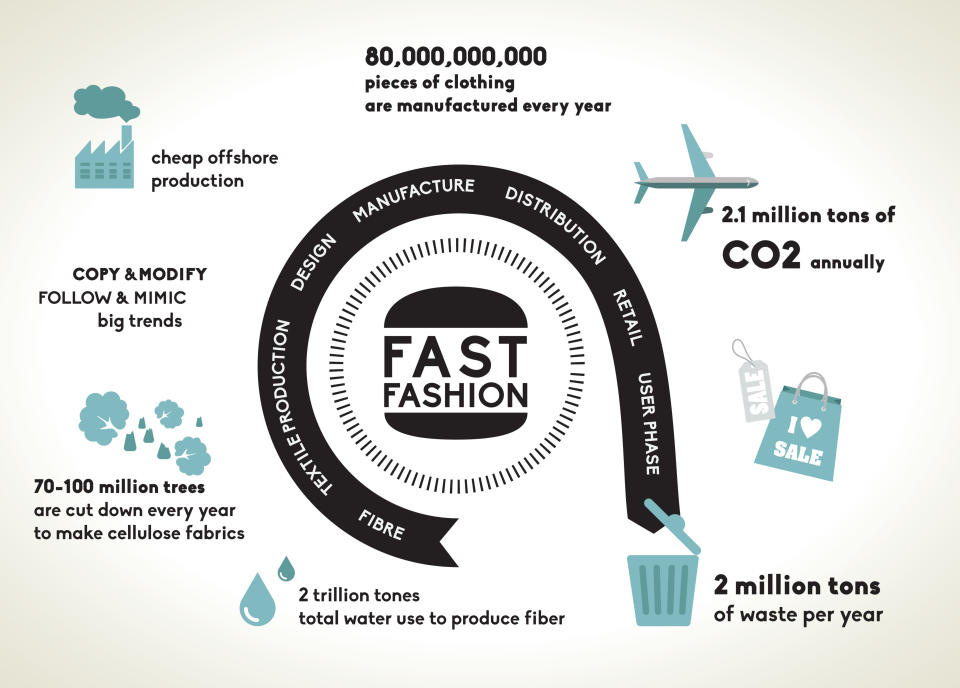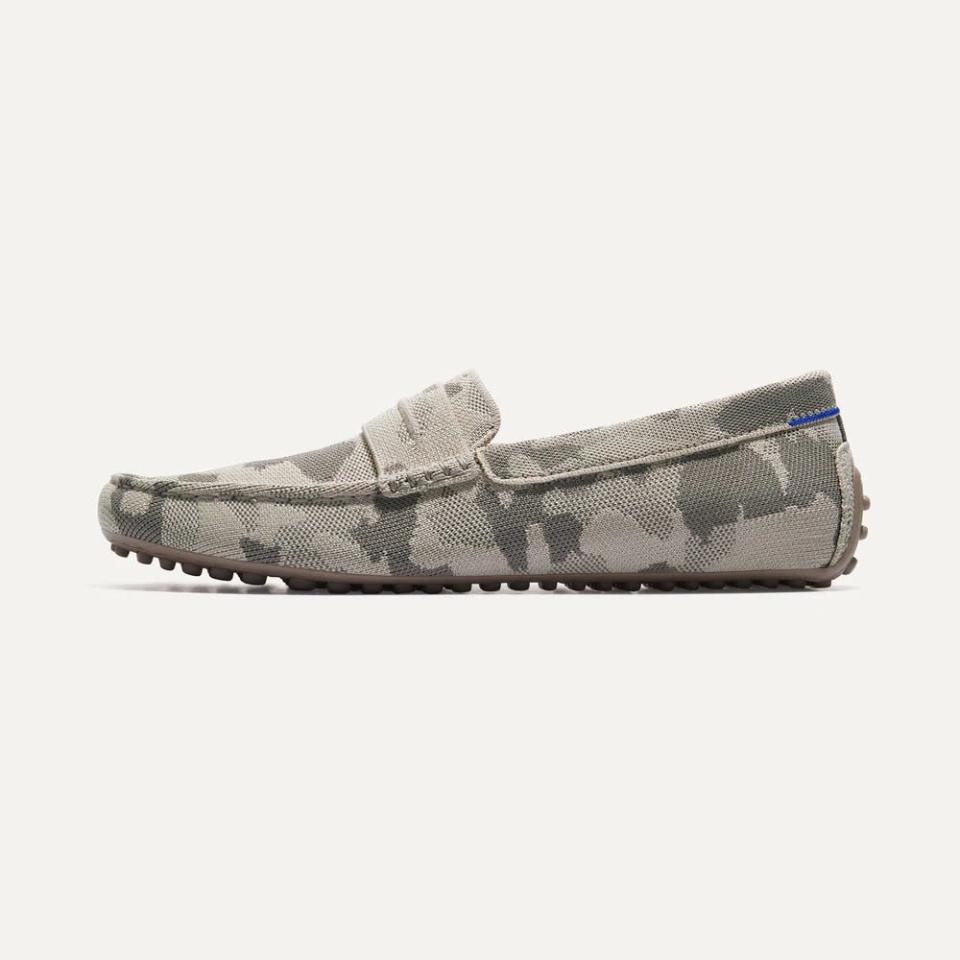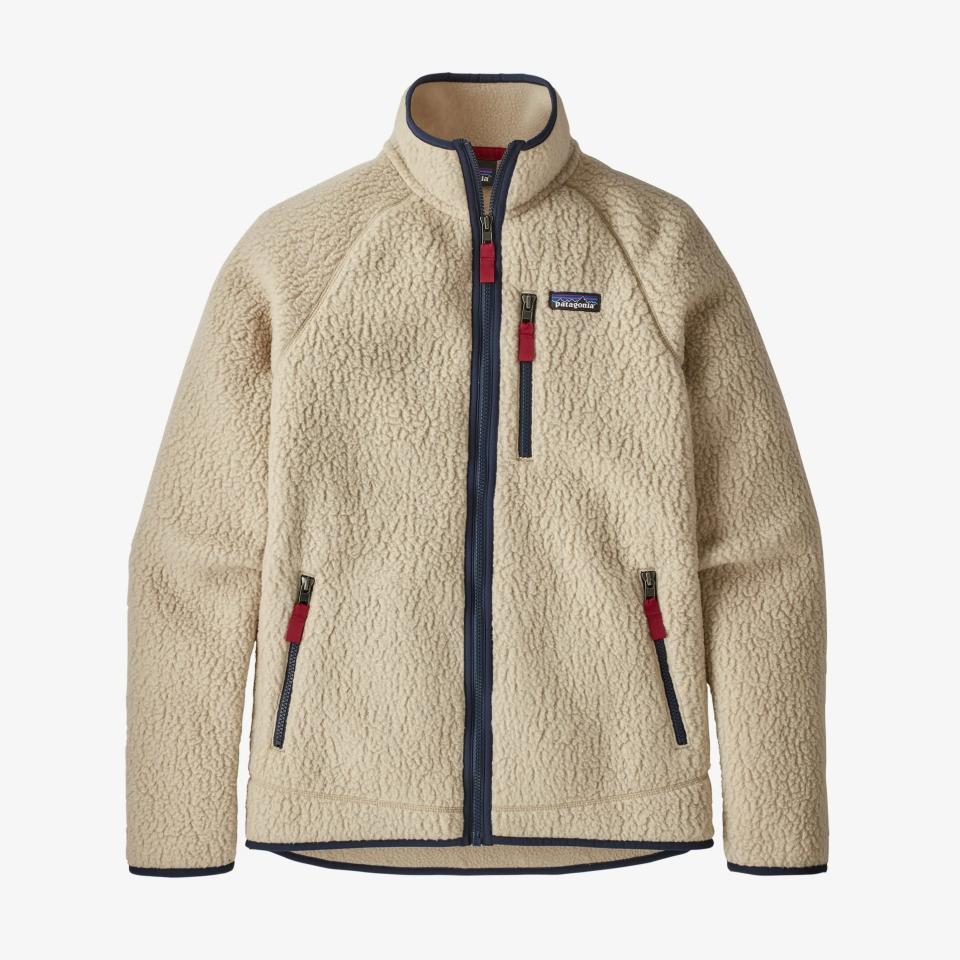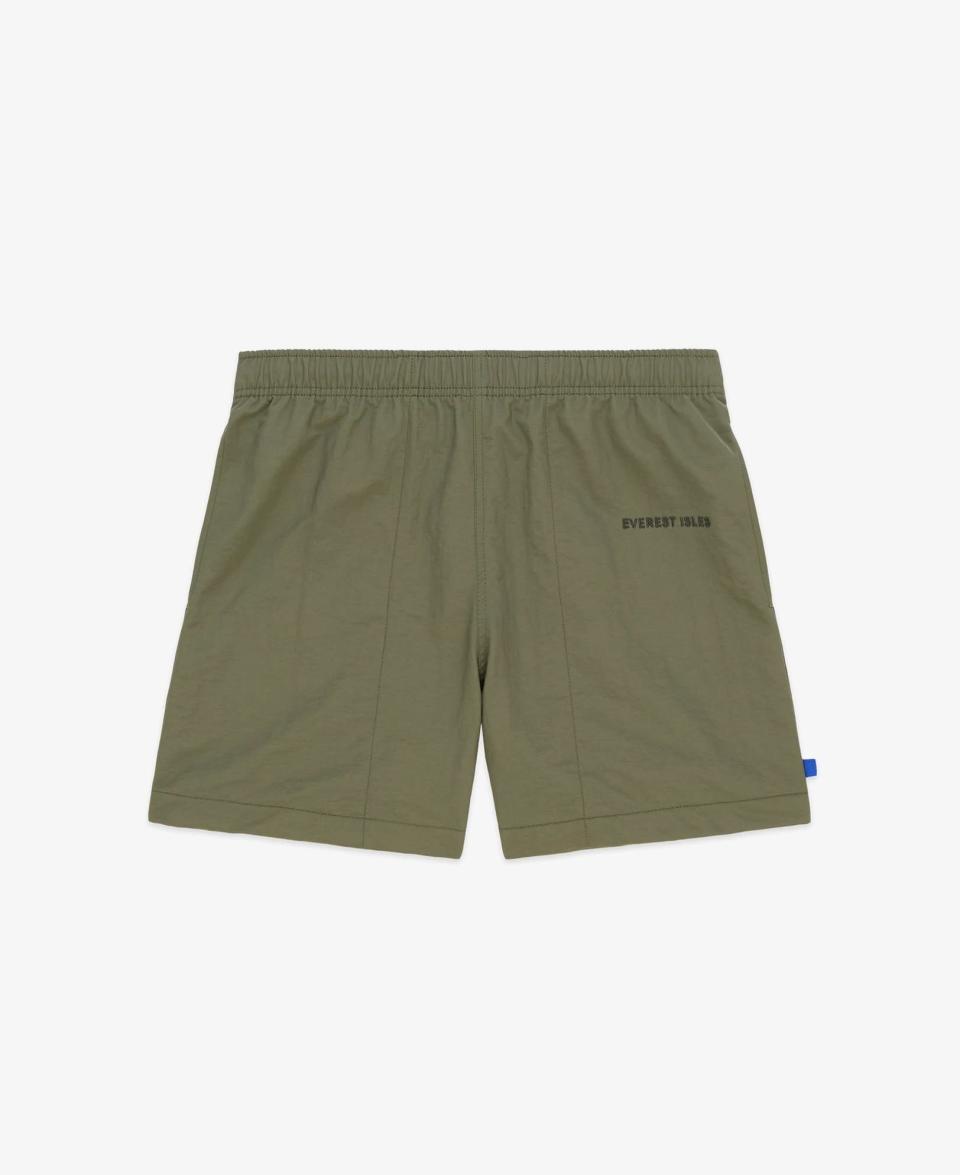Experts Weigh in On Which Sustainable Non-Fast Fashion Brands Are Worth The Price

If you purchase an independently reviewed product or service through a link on our website, SPY.com may receive an affiliate commission.
Stella McCartney’s Clevercare helped consumers prolong the lives of their clothing to slow down consumption. Valentino relaunched packaging made up of 50% recycled paper. There are even whispers of mushroom leather looming around as the replacement for the original. If there’s one long-lasting conversation fashion has heard in the past few years, it’s sustainability. And it isn’t just reserved for high fashion. Mid-level and even fast (yes, fast!) fashion brands are introducing sustainability campaigns to their brand.
Today’s Top Deals
As seemingly all of the fashion industry is jumping on board with efforts to preserve the Earth’s natural resources, a new issue emerges: how does one truly know which brands have truth to their sustainability promises and are worth their price tag, and which one’s are using sustainability simply as a marketing tool?
“When it comes to fashion, many consumers have an inherent assumption that more expensive clothes equate to more sustainable and ethical practices,” Lara Tutton, a sustainable fashion consultant, tells SPY. “In reality, this is not the case.” According to Tutton, sustainability often gets sacrificed when considering the fossil fuels derived from the same fabrics as their fast fashion counterparts. “Many are even made by the same workers who supply fast-fashion retailers, without fair compensation despite the higher price tags of these garments.”
And it’s even worse when considering fast fashion brands such as H&M, Shein, and Zara, who produce cheaply made clothes that carry the burden of mass production and worker’s rights infringement. In fact, Shein is noted to add about 1,000 new items on the Shein platform every given day. So, it only makes sense that someone may place a huge question mark over the legitimacy of H&M’s “Conscious Campaign” and Zara’s “Join Life” campaigns, which focus on sustainability efforts.

“If the climate crisis is the Titanic, then fast fashion brands are the first-class passengers listening to the band play as the ship slowly sinks,” Tutton describes. According to her, major fast fashion brands are built on a “deadly combination of overconsumption and race-to-the-bottom prices” that inherently calls for unsustainable fabrics and underpaid garment workers to achieve their goals.
There’s only one way these fast fashion brands can truly be sustainable. “Fast fashion brands must fundamentally alter their business structure away from the culture of ‘throwaway fashion’ that they have created, to a model built on slow, conscious consumption,” explains Tutton. No more 1,000 new drops a day.
So, how can one tell if a brand is indeed sustainable and if it’s actually worth the price tag? It all boils down to transparency and consideration for the complete picture of how clothes are made. While prices might be a great first indicator, Scott Staniland, a sustainable fashion contributor, thinks the truth lies in the label.
READ MORE: Lululemon Wants to Pay You for Your Old Workout Clothes
“Looking at the composition on the label of the garment will give an indication of how long it might last, what it’s made of, and where,” Staniland tells SPY. He believes synthetic fibers, such as acrylic, polyester, and nylon, should be avoided, while natural fibers and garments made from off-cuts, deadstock and recycled materials are always best. But, there’s a catch. “Remember, recycled polyester is still polyester and that just because something is less bad doesn’t make it good.”
And the aforementioned human labor element of the clothing production equation is far too often forgotten. According to Staniland, low production costs for clothing mean that someone along the supply chain is paying for it — usually, an underpaid garment worker working in unsuitable conditions. “Many of the more-sustainable items may seem expensive, but it is what many items ‘should’ cost if everyone in the supply chain is treated fairly and the item is made ethically.”
The truth is this: to be truly sustainable, one should simply limit their clothing consumption. With all things considered, take a look at a few brands doing sustainability right and making clothing you can buy and keep for a long time to come.
Rothy’s
We’re big fans of the recycled, washable shoe and accessory brand here at SPY. These shoes use ocean-bound plastic bottles to make shoes you can wear again and again. Shoes that don’t use leather that you can wash repeatedly help it feel like you’re always wearing a new pair.

Patagonia
Patagonia continues to be a leader in this realm with its dedication to using natural fabrics, introducing a repair service, and even encouraging consumers not to buy too many products.

Nisolo
Consider the Nashville-based leather shoe brand Nisolo for those looking for footwear. They’re a certified B-Corporation which means they meet all the high marks in sustainable transparency. Plus, their slippers are quite stylish.

Mandkhai
Mandkhai excels in sustainable efforts with their natural dyes and traceable labor practices for those interested in fashion-forward pieces or in the market for good cashmere.

Native
What really makes these vegan shoes stand out is how they’re made. The process used sweeps lakes and freshwater ecologies of overly abundant algae growth, transforming potentially harmful excess algae blooms into an environmentally sound product.

Everest Isles
As we head into the warmer months, beachwear brand Everest Isles turns salvaged fishing nets and ocean waste into long-lasting, luxurious swimsuits.

More Top Deals from SPY
Best of SPY
